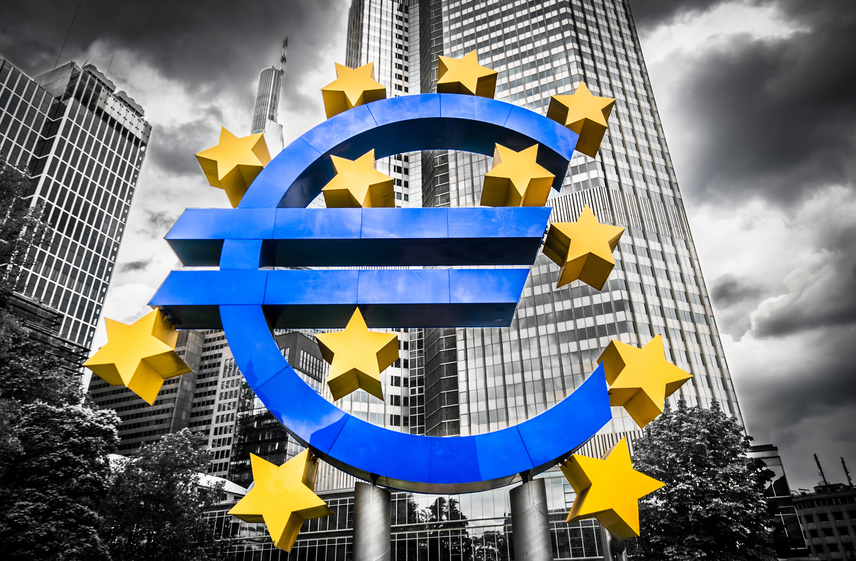The European Central Bank convenes for its first decision in 2018. The new year already saw the halving of the bond-buying volume to 30 billion euros from 60 billion beforehand. The program is set to run through September, and the big question is: will it end in September? Here is a preview of the big event on Thursday with the rate decision: at 12:45 GMT and the press conference at 13:30.
When ECB President Mario Draghi announced this halving of the QE program back in October, he left the door open for extending it beyond September, keeping the pressure on the euro. He was in disagreement with the more hawkish members of the Governing Council.
In the December meeting, Draghi tried not to rock the boat, but we later learned that optimism was quite high in that meeting. The meeting minutes revealed a potential change in communication: perhaps an announcement about the end of QE in early 2018. The minutes gave the euro a boost.
However, the ascent of the euro hurts their efforts to push inflation higher and a few members began sending out warnings about the exchange rate. No less than three members came out to express concerns and their words contributed to halting the euro rally, although there are other factors in play there.
On this background, Draghi and co. are likely to refrain from any big announcements now, leaving the door open for extending the program beyond September, and making an official announcement a bit later on, perhaps in the March meeting, when they have new forecasts.
The announcement could also wait for June: apart from another set of new forecasts, making an announcement in June still gives markets enough time to adjust.
That announcement, whenever it comes, may not be an immediate end to QE: the ECB could announce another reduction or taper until the end of 2018.
So if there is no announcement, what can we expect from Draghi?
Talking down the euro
He may certainly join the chorus and express concern about the exchange rate. A stronger euro makes European exports less attractive and for the ECB, it makes the prices of imported goods cheaper, thus pushing inflation lower. The ECB has a target of “2% or a bit below”. The current rate of 1.4% is more than a bit below. The core CPI figure, which stands at 0.9%, shows that underlying inflation is not going anywhere fast either.
Draghi could complain about the exchange rate and tie the rise of the euro to a slower exit: if EUR/USD remains strong, the ECB could keep printing euros beyond 2018. Such a hint would serve to push the euro lower.
But will it last?
Draghi hasn’t always been successful in talking down the euro. In some cases, the common currency was depressed during the press conference but moved up after the dust had settled.
In this case, the ECB cannot ignore the improvement in the economies: growth has been strong in 2017 and it is expected to continue. And, Draghi usually likes to tap himself on the back, taking credit, mostly due, for the economic recovery in the past few years.
During 2017, the message coming from the ECB has been balanced: great satisfaction about growth and employment while still expressing worries about inflation, the “single needle in the compass” for the Frankfurt-based institution.
By repeating the satisfaction about the economy, Draghi’s power to bring down the euro is quite limited.
So, there may be a “buy the dip” opportunity on EUR/USD around the press conference.
The pair could fall on stark words from Draghi and recover nicely as time goes by, during the event or afterward. Looking at the trend in the US dollar, it remains to the downside. EUR/USD is currently trading in a range amid tensions towards the event, and this event could unleash further upside.
What do you think?
More:
- EUR/USD at crossroads ahead of the ECB: neutral, bullish or bearish?
- Has the euro rally reached its limits? Two opinions
